Growing Demand for Faster Release Cycles
The Application Release Automation Market is experiencing a notable surge in demand for faster release cycles. Organizations are increasingly recognizing the need to accelerate their software delivery processes to remain competitive. This trend is driven by the necessity to respond swiftly to market changes and customer feedback. According to recent data, companies that implement application release automation can reduce their release times by up to 50%. This efficiency not only enhances customer satisfaction but also allows businesses to innovate more rapidly. As a result, the Application Release Automation Market is likely to see continued growth as organizations prioritize speed and agility in their software development practices.
Rising Complexity of Software Environments
As software environments become increasingly complex, the Application Release Automation Market is witnessing a corresponding rise in demand for automation solutions. Modern applications often involve multiple components, including microservices, containers, and cloud services, which complicate the release process. Automation tools are essential for managing this complexity, ensuring that releases are consistent and reliable. The need for seamless integration across diverse environments is critical, as organizations strive to maintain operational efficiency. Consequently, the Application Release Automation Market is likely to expand as businesses invest in solutions that can simplify and streamline their release processes amidst growing complexity.
Need for Enhanced Collaboration Among Development Teams
The need for enhanced collaboration among development teams is becoming a pivotal factor in the Application Release Automation Market. As teams adopt agile methodologies, the importance of seamless communication and collaboration cannot be overstated. Automation tools facilitate this collaboration by providing a unified platform for developers, testers, and operations teams to work together effectively. This collaborative approach not only improves productivity but also reduces the likelihood of errors during the release process. As organizations strive to break down silos and foster teamwork, the Application Release Automation Market is likely to benefit from increased investment in collaborative automation solutions.
Integration of Artificial Intelligence and Machine Learning
The integration of artificial intelligence and machine learning technologies into the Application Release Automation Market is transforming how software is developed and deployed. These technologies enable predictive analytics, which can identify potential issues before they arise, thereby reducing downtime and enhancing overall efficiency. Furthermore, AI-driven automation tools can optimize testing processes, leading to higher quality releases. The market for AI in software development is projected to grow significantly, indicating a strong trend towards intelligent automation solutions. As organizations seek to leverage these advancements, the Application Release Automation Market is poised for substantial growth, driven by the demand for smarter, more efficient release processes.
Emphasis on Continuous Integration and Continuous Deployment
The emphasis on continuous integration and continuous deployment (CI/CD) practices is a significant driver in the Application Release Automation Market. Organizations are increasingly adopting CI/CD methodologies to enhance their software development lifecycle. This approach allows for more frequent and reliable releases, which is essential in today’s fast-paced digital landscape. Data suggests that companies implementing CI/CD can achieve up to 30% faster time-to-market. As more businesses recognize the benefits of these practices, the demand for application release automation tools is expected to rise, further propelling the growth of the Application Release Automation Market.
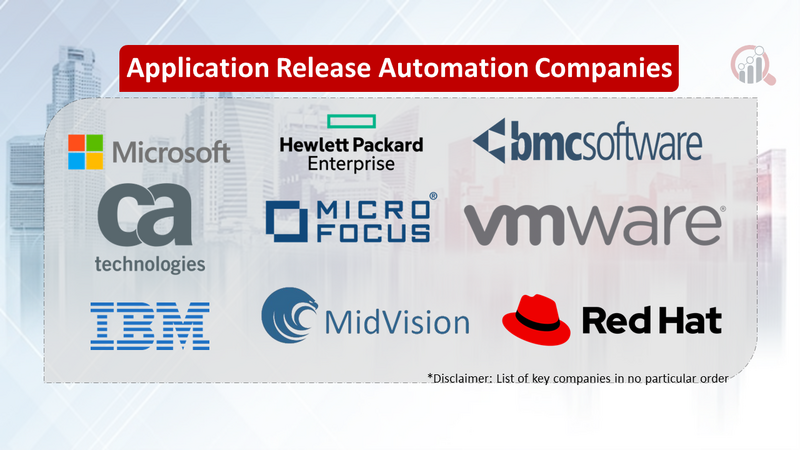

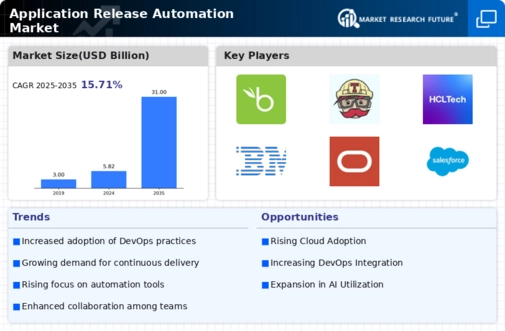
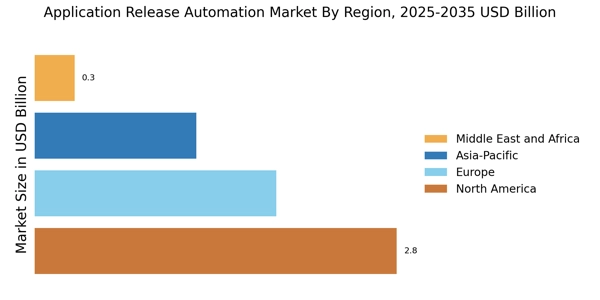

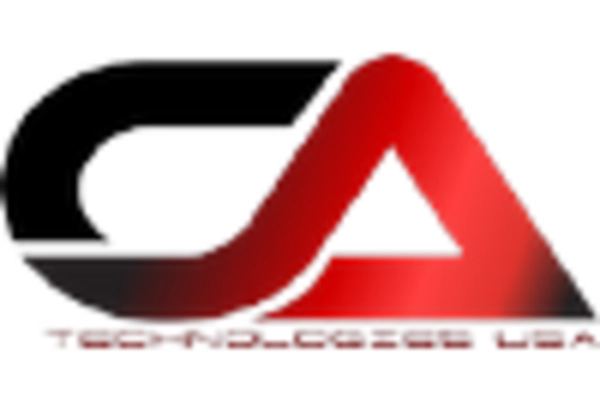
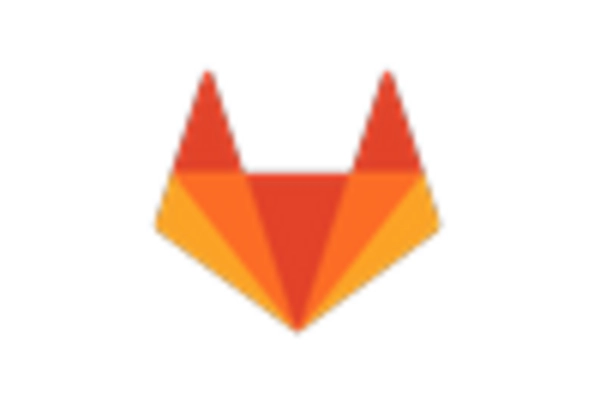











Leave a Comment